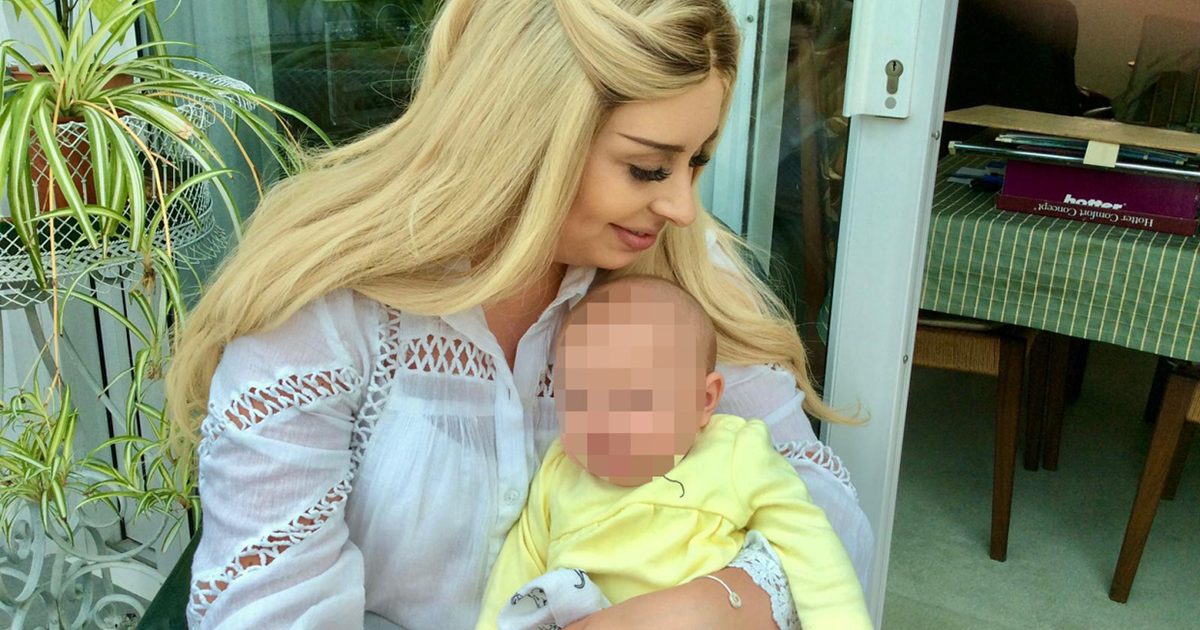Understanding Triple-Negative Breast Cancer
- A mother of two young daughters died last month after she was diagnosed with triple-negative breast cancer, something her doctors thought was a blocked milk duct.
- Triple-negative breast cancer is one of the most aggressive forms of the disease and accounts for about 20% of all breast cancers.
- Breast cancer mostly occurs in older women, but it is possible for women under the age of 45 like 26-year-old Sophie Collins to be diagnosed with this type of cancer. In fact, about 9% of all new breast cancer cases in the United States are found in women younger than 45.
Sophie Collins, 26, from England, shared her breast cancer journey online, inspiring many women to get themselves checked for the disease. Now, her brother is speaking out to tell his sister's story and to continue her mission of educating people about breast cancer in young women.
Read More
Sophie's Cancer Battle
In September 2020, Sophie was getting out of the bath when she noticed a lump "bulging" from above where her towel sat at the top of her left breast, Matthew explains.
"She talked to our mom and to me about it, and we both advised her to see a (doctor)," he adds.
Sophie was already a mom to her oldest daughter, Daisy, but she was also 10 weeks pregnant with her second daughter, Delilah, at the time. Because of this, and the fact that she was so young (in her twenties), "her doctor dismissed the lump as merely being a blocked milk duct," Matthew says, "sending her away with advice to massage it in warm water."
However, Sophie's breast lump continued to get bigger; she insisted on a second opinion and was referred to a breast specialist, according to her brother. This led to a stage 3 triple-negative breast cancer diagnosis.

It all happened so quickly; just four months later, in January 2021, Sophie had her left breast removed, and a biopsy revealed that at least 14 of her nearby lymph nodes were also cancerous. She started chemotherapy at the end of March 2021, when her pregnancy was nearly full-term, "having been previously assured that it wouldn't harm her unborn baby," Matthew says.
Sophie gave birth to Delilah on April 14, 2021. But just a few days later, more bad news followed when doctors found tumors in her collar bone. She began intense rounds of chemotherapy, but her disease continued to spread to her spine, hips, back and chest.
When Breast Cancer Spreads to the Bones
In September 2021, she finished chemotherapy, "only to be told just three weeks later that the treatment hadn't worked," Matthew says. "It was an awful blow for her, and for everyone who loved her."
Sophie died on Jan. 19 at the age of 26.
"Sophie was a wonderful person," Matthew says of his late sister. "Cheerful, kind and brave. She was very funny and could make me cry with laughter."
Understanding Triple-Negative Breast Cancer
Breast cancer is the most common cancer among women in the United States, according to the U.S. Centers for Disease Control and Prevention.
Triple-negative breast cancer is one of the most aggressive forms of the disease and accounts for about 20% of all breast cancers.
What is Triple-Negative Breast Cancer?
It is called triple-negative because it does not have any of the main drivers of breast cancer the estrogen receptor, the progesterone receptor or the HER2 receptor and consequently does not respond to treatments that target them. The main treatment for this type of breast cancer is chemotherapy, immunotherapy or participation in clinical trials.
If a patient has metastatic triple-negative breast cancer, like in Sophie's case, the usual first line of therapy is chemotherapy. There are different chemotherapy options depending on the burden of disease, which refers to how sick someone is with their disease. Triple-negative breast cancer is usually responsive to chemotherapy.
"If the disease burden is not too great, meaning that a woman doesn't have a lot of symptoms, we can often start with oral chemotherapy," Dr. Elizabeth Comen, a breast oncologist at Memorial Sloan Kettering Cancer Center, tells SurvivorNet.
In certain instances, a patient will become resistant to their first line of therapy and will have to switch to another chemotherapy. There are many different chemotherapies that are used for triple-negative breast cancer. There are also different clinical trials that may be available to patients.
Aggressive Breast Cancer in Young Women
Sophie was just 26 years old when she died from cancer. That is relatively young to receive a breast cancer diagnosis and die from the disease, as organizations like the CDC and the American Cancer Society recommend women start getting yearly mammograms when they turn 45 years old. Women ages 45 to 54 should get a mammogram every year.
Breast cancer mostly occurs in older women, but it is possible for women under the age of 45 to be diagnosed with this type of cancer. In fact, about 9% of all new breast cancer cases in the United States are found in women younger than 45.
But in some ways, a diagnosis for a younger woman can often be even more devastating, Dr. Ann Partridge, an oncologist at Dana-Farber Cancer Institute in Boston, tells SurvivorNet in a previous interview. This is because the cancer is likely to be a more aggressive form of the disease and also at an advanced stage, as screening for younger women is not standard.
Contributing: SurvivorNet staff
Learn more about SurvivorNet's rigorous medical review process.


